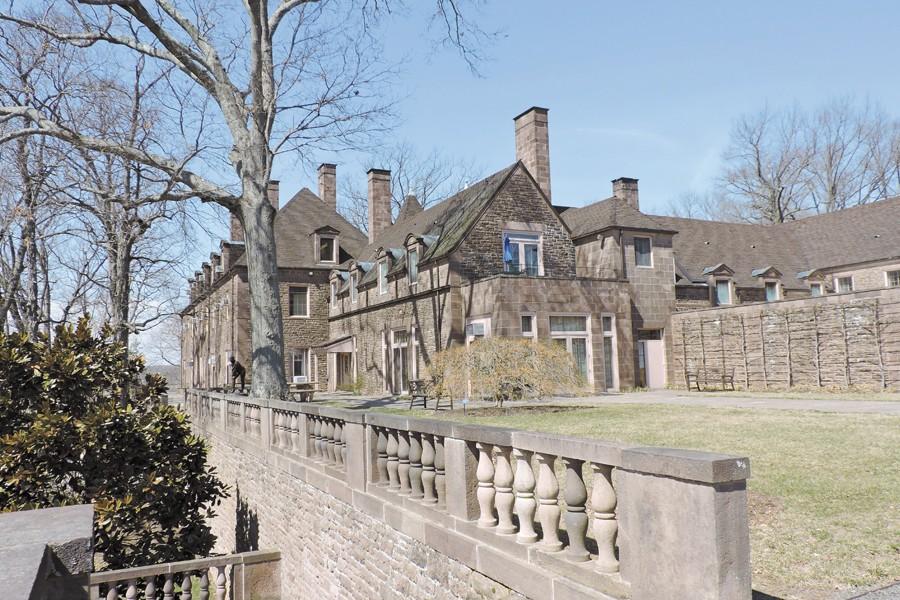Bucks’ Board of Trustees approved a 3.8 percent tuition increase effective this fall, meaning a typical full-time Bucks County student will pay $4,178 for 24 credits and fees for the 2015-16 academic year.
The board voted unanimously April 9 to increase tuition by $5 a credit hour for county residents, from $130 to $135 a credit hour. The student activity fee will increase by $1 to $2 a credit. Technology and college services fees remain unchanged.
This most recent increase remains on trend with previous years during which tuition has increased an average of $4.50 each year.
In just ten years, however, these modest increases have added up to a 60 percent total increase in the cost of tuition and fees.
According to Bucks’ 2005-06 Course Catalog, a Bucks County resident taking 12 credits paid about $1,300 in tuition and fees a semester. Compared to $2,089 in tuition and fees a semester for 12 credits in 2015-16, that’s a difference of $789 per semester or $1,578 a year.
Board Chairman Jim Dancy added that the measure was taken after careful consideration of all financial options.
“The Board of Trustees is always extremely reluctant to raise tuition,” Dancy said. “We have taken every action possible this year to reduce our operating costs while continuing to provide the top quality education that students have come to expect from Bucks. Our primary goal is to minimize tuition increases, and do so only as a last option.”
According to Bucks President Dr. Stephanie Shanblatt, “All budget lines were carefully reviewed, so there were many small cuts that across the college did add up. Additionally, we had several vacant positions—primarily from retirements—that we will not fill.”
Although decreased enrollment is a factor, Shanblatt noted that a shortage of public funding continues to be the larger problem. “The primary factor, larger than any enrollment decline, is that every year costs to operate the college increase and our state and local appropriations stay flat. This creates a revenue gap in our budget,” said Shanblatt.
While the cost of providing an education over the years has increased, the county has neglected to increase its contribution to the community college since 2008. As funding continues to fall short, more of the financial burden falls on students.
Despite the increase in tuition, Bucks remains to be affordable as compared to four-year state colleges. For example, Bloomsburg University, a state-system school, lists their 2015-16 tuition at $284 per credit hour for state residents.
Shanblatt explained that despite significant budget cutting over the last fiscal year, the slight increase is needed to maintain academic quality and services.
“The college made some very difficult decisions in crafting this budget,” Shanblatt said. “Bucks continues to be a great value with strong academic programs.”
While the cost of higher education continues to increase, Shanblatt asserted that the value of obtaining a college degree remains
very high.
According to Shanblatt, “The Georgetown University Center on Education and the Workforce says that almost 70 percent of all jobs in the United States require some higher education; perhaps not always a four-year degree, but at least a certificate or associate degree. In order to earn a family-sustaining wage in today’s job market, some higher education is necessary.”
“The value of a Bucks degree, whether as the first step towards a bachelor’s degree or to gain immediate employment, is significant,” said Shanblatt.
“The real question is not whether a college degree has value, but what is the cost of that degree. Bucks [will] continue to provide a quality learning environment with faculty dedicated to their students at a great value.”


